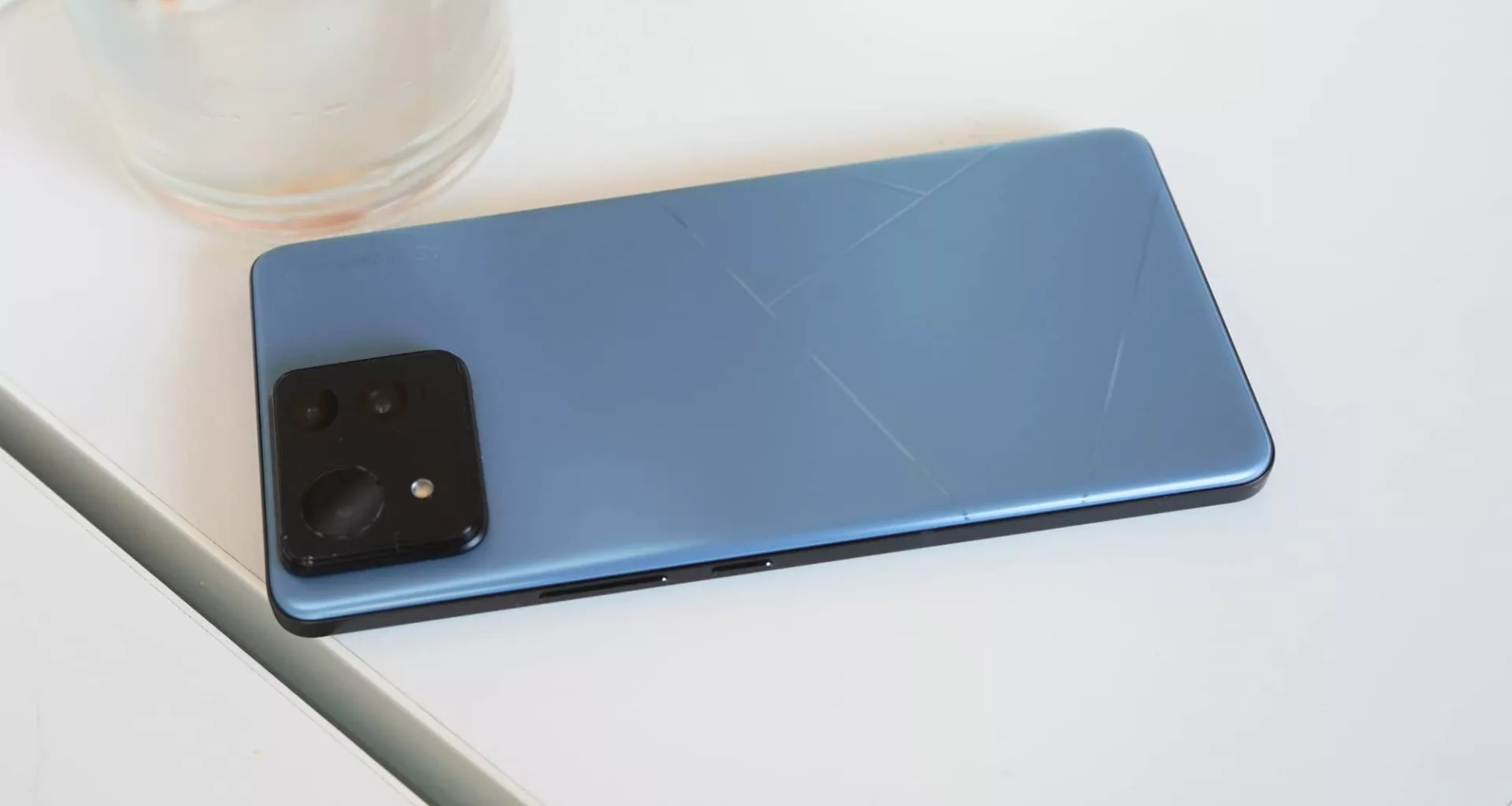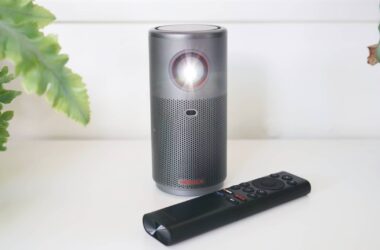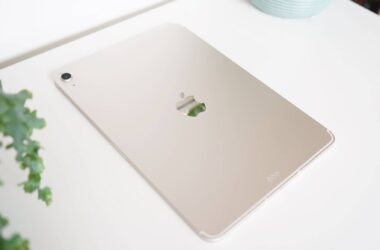Quick review
The good
The not-so-good
Another big phone is on the way, as Asus refines its smartphone style. In the Zenfone 11 Ultra, the company is marrying a big screen, three cameras, a gimbal, and one of the biggest batteries of any phone. Is it a success?
It may not be one of the biggest phone companies, but one of the largest computer makers is really giving phones a good go.
You may know Asus for its laptops, tablets, and its venerable ROG Ally portable gaming PC — easily one of our favourite gadgets in 2023 — but there’s something new to check out built at being similarly small and comparatively powerful.
It’s a phone, and it’s this year’s take on the Zenfone series, one of the two Asus ranges of phones. There’s the ROG Phone for gamers and the Zenfone for everyone else, and in the latest model, you can expect more speed, more battery, and a big screen and set of specs.
Is the Asus Zenfone 11 Ultra the big phone worth checking out this year?
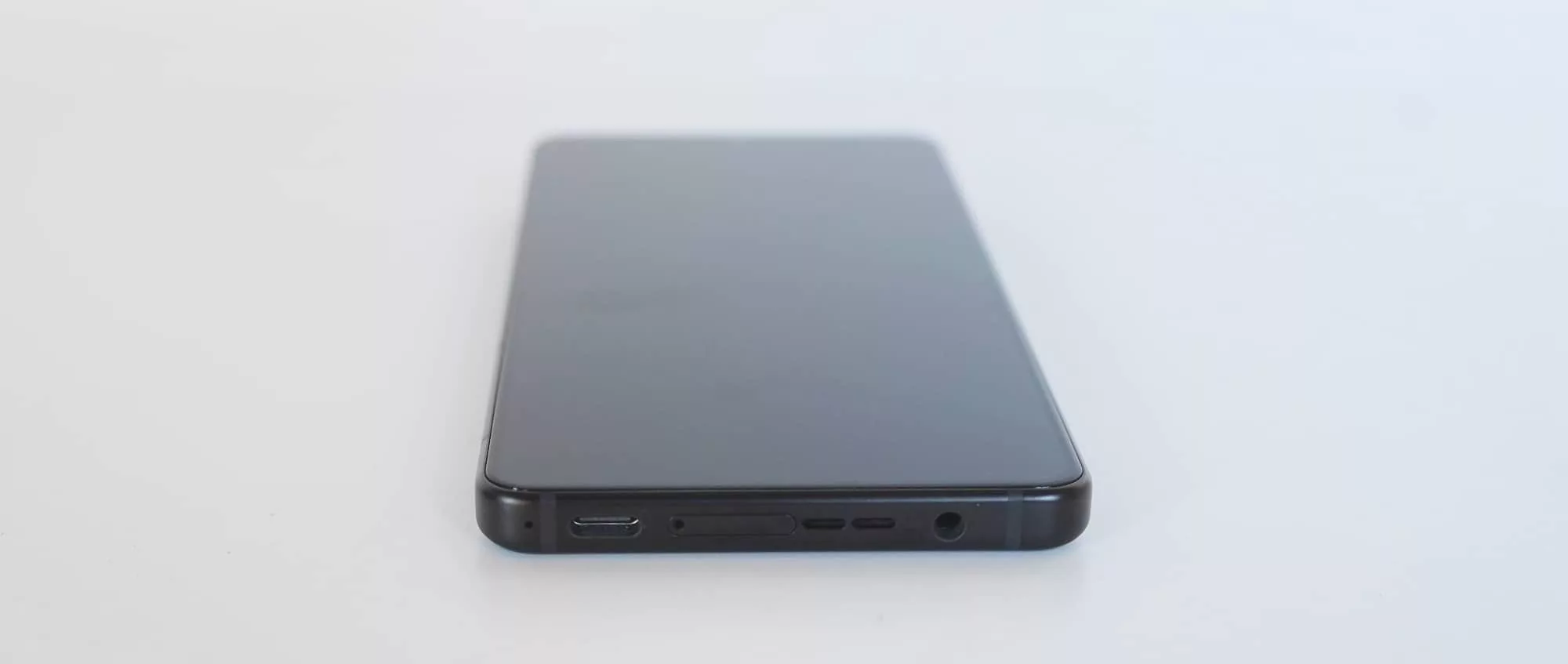
Design
As simple as the Zenfone 11 Ultra design is, it’s not a look we’ve necessarily fallen in love with. Minimalist definitely describes it, but minimalist with a big block in one corner, which hurts the otherwise sleek aesthetic.
It goes from looking sleek and impressive to sleek-yet-slightly clunky, though to Asus’ credit, at least it’s stable: rest the 11 Ultra on a surface and it won’t wobble at all, even if that massive camera hump gives off the impression that it definitely will.
It’s also very slippery, something you’ll find the moment you take it out of your pocket. More than one time in the review period, the Zenfone 11 felt like it was going to fall from the grasp of our fingers and land with a thud and crack on the ground. We saved it in the nick of time, but all we’re saying on this is “get a case” for this phone. You’ll thank us later.
Features

Inside, there’s a pretty solid set of features designed to impress, starting with the Qualcomm Snapdragon 8 Gen 3, the same chip used in Samsung’s Galaxy S24 range, and largely considered to be the top-end chip for Android phones in 2024.
You’ll also find either 12GB or 16GB RAM, both of which are generous, but the memory amount depends on the storage: if you opt for the 256GB model, you’ll get 12GB RAM. Get the 512GB Zenfone 11 Ultra, and you’ll find 16GB RAM. Naturally, we reviewed the 16GB/512GB model.
Regardless of the model you choose, the Zenfone 11 Ultra comes with three rear cameras, covering a 50 megapixel F1.9 wide camera, a 32 megapixel F2.4 3x telephoto camera, and a 13 megapixel ultra-wide. On the front, there’s a 32 megapixel camera that produces an 8 megapixel image (using pixel binning to downsample the image four times).
Connections are a little more varied than most other phones today, with USB-C at the bottom and a wired 3.5mm headset jack, the latter of which is a rarity these days. Meanwhile, wireless is handled over 802.11a/b/g/n/ac/ax/be WiFi 7, Bluetooth 5.4, Near-Field Communication (NFC) for Google Pay, GPS, and both 4G and 5G.
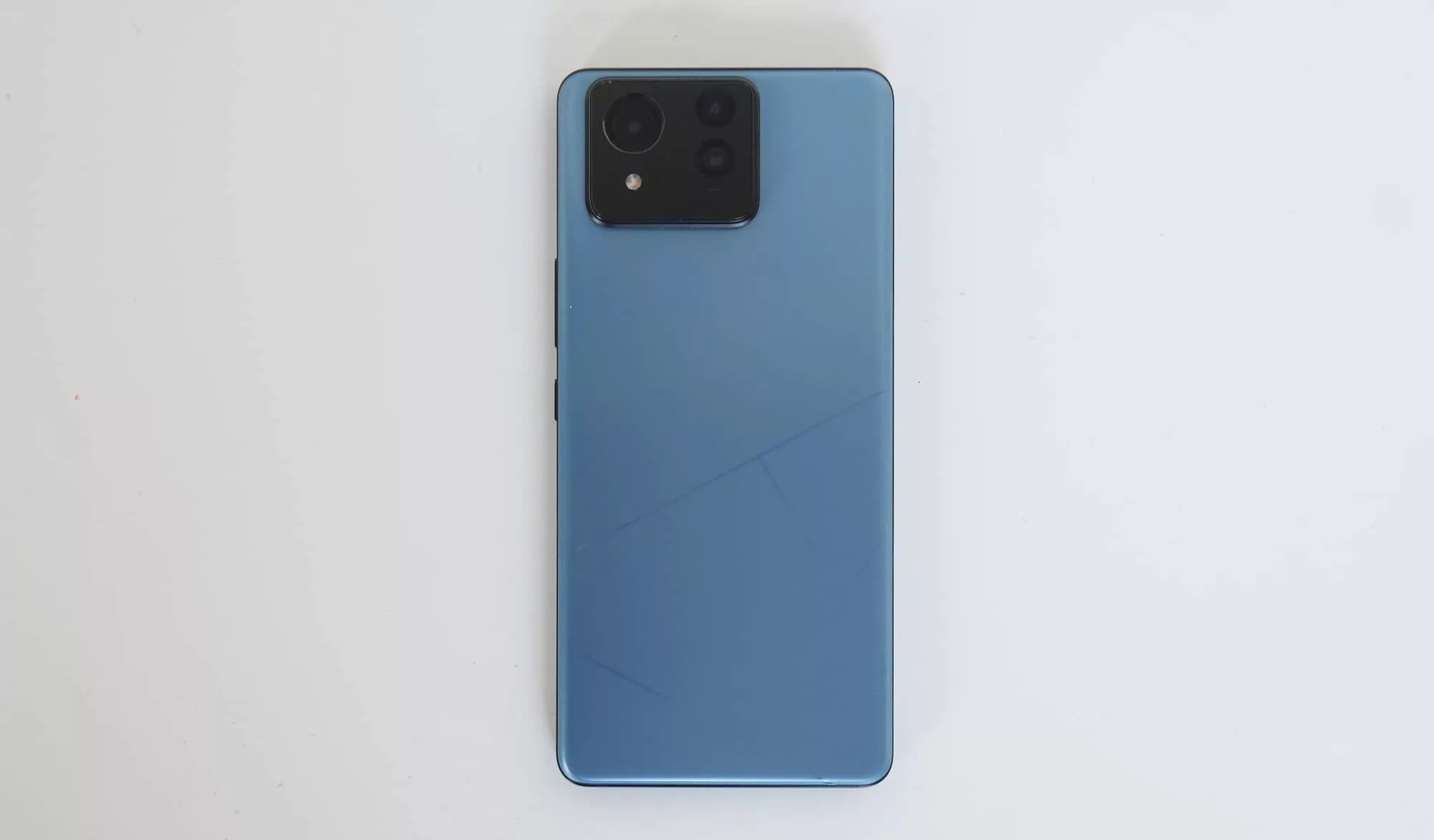
All of this sites under a lovely 6.78 Full HD+ 2400×1080 AMOLED screen, one which is reportedly a flexible variety, even if the Zenfone 11 Ultra doesn’t flex. It’s covered by Corning’s Gorilla Glass Victus 2 scratch-resistant glass, and the screen supports a maximum refresh rate of 144Hz for gaming (but will stick to a max of 120Hz for regular use).
The phone also comes with Android 14 out of the box, complete with a few AI features, and there’s IP68 water resistance, as well, too.
The Zenfone 11 Ultra features an in-screen fingerprint sensor, facial security, fast wired charging (up to 65-watt), Qi wireless charging, and a 5500mAh battery built into the phone that isn’t removable.
| Model | Asus Zenfone 11 Ultra (AI2401_H) |
| Chip | Qualcomm Snapdragon 8 Gen 3 |
| RAM/Storage | 12/16GB RAM; 256/512GB storage |
| Screen | 6.78 inch AMOLED, Full HD+ (2400×1080) |
| OS | Android 14 |
| Cameras | 50mp wide, 32mp 3X telephoto, 13mp ultra-wide |
| Connections | 5G (sub-6), WiFi 7, Bluetooth 5.4, GPS, NFC, USB-C, 3.5mm |
| Size/Weight | 8.9mm, 225g |
| Price | Starting from $1599 AUD |
In-use
Armed with Android 14, an in-screen fingerprint sensor, facial security, and the regular assortment of on-screen gestures and controls, using the Zenfone 11 Ultra isn’t difficult, whether you’re a seasons Android fan or someone newer.
This is all pretty much easy to get a hang of, even if the 6.78 inch screen is a little on the big side. Mind you, given the size, that is probably what owners of a big phone want. It’s big, clear, and easy on the eyes. We’re not sure why Asus opted for a flexible screen, as noted in the specs — this isn’t a foldable phone, so the screen being a flexible AMOLED will largely be lost on pretty much everyone — but it’s a lovely display all the same.
You’ll find a few AI extras here, part and parcel of how every phone with the Snapdragon 8 Gen 3 has support for on-device artificial intelligence, and Asus comes bearing gifts.
That includes a noise cancellation system for cutting back on background voices, a a voice memo transcript generator much like what Google offers in the Pixel range, and similar to what’s in the Samsung S24 Ultra, a wallpaper generator and call translator.

Performance
AI features aside, the main draw of the Snapdragon 8 Gen is the power, because there is plenty to offer in this chip. That alone is this year’s top choice for a winning system, it seems, and the Zenfone 11 Ultra has it.
Unsurprisingly, the system delivers heaps of performance, getting close to the one other phone we’ve seen with that chip this year, as models gradually trickle out.
Asus does seem to offer a difference in settings, though: there’s a standard mode and a high performance mode, and weirdly, the high performance mode is closer to matching the competition than anything else, even if this will come to the detriment of performance.
It could be that Asus hasn’t managed the balance between system and software, but we’re not entirely sure. One thing we do know is this could change with firmware updates over time.
If you’re coming from a former Zenfone, however, the performance increase is worth talking about. It’s a staggering change, and the new model has plenty to work with even if it doesn’t quite match the competition.
At least the 5G speeds are regularly strong, achieving speeds as high as 283Mbps in our tests on the Telstra wholesale network by way of Mate in Sydney, Australia.
Your experience will vary, of course, based on a variety of factors including where you are, how congested the network is, and a bunch of other signal issues, but you should find decent 4G and 5G speeds with the Zenfone 11 Ultra. We did.
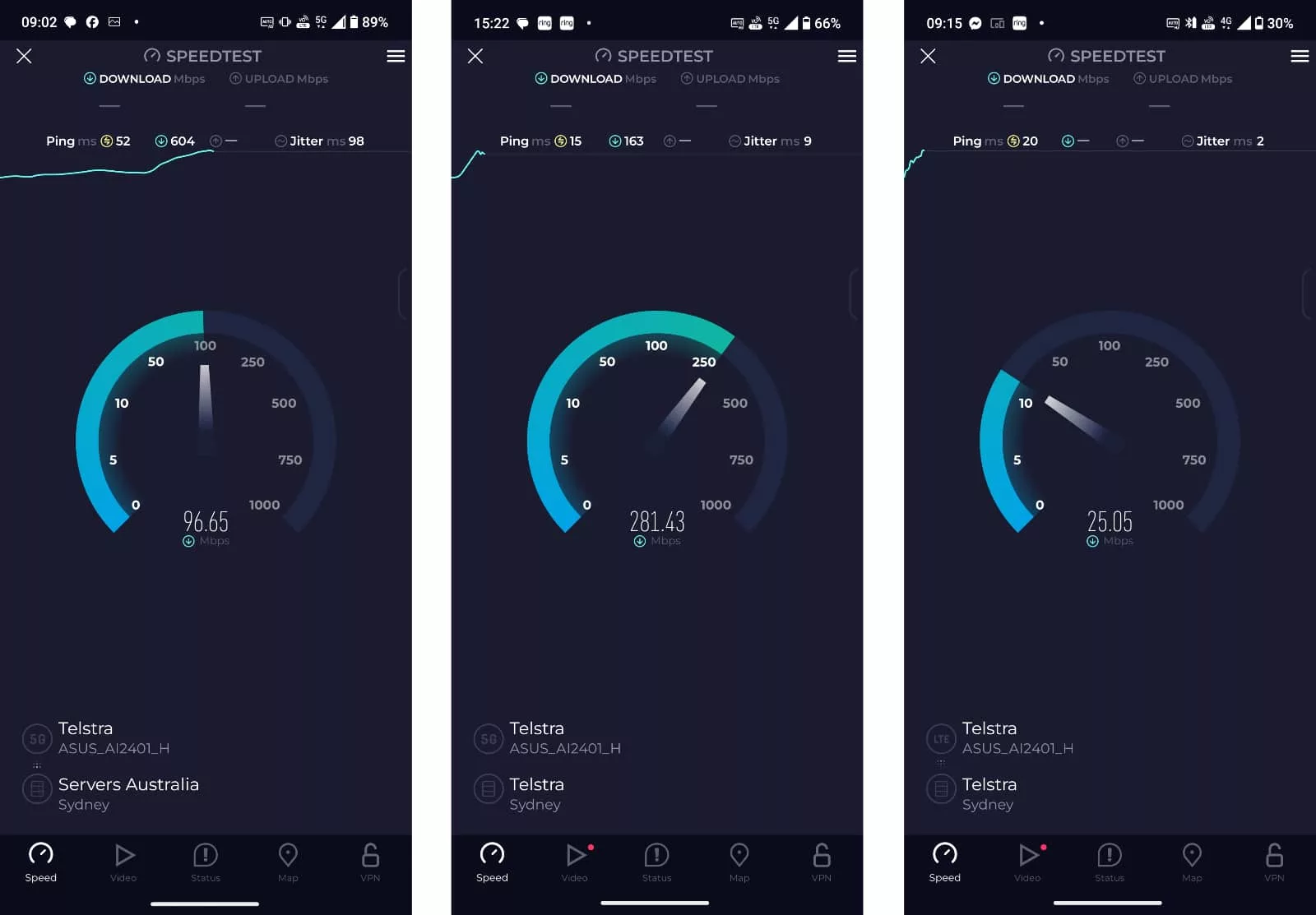
Camera
A high-end chip is only one part of the package. There’s also three camera founds on the back, covering a 50 megapixel wide, 13 megapixel ultra-wide, and 32 megapixel 3X telephoto, a combination that in many ways mirrors some of what other big phone cameras have been doing for years.
The combination is certainly formidable on paper, and you get blurred background portraits in the mix, too, a feature that has become consistent across much less expensive phones.
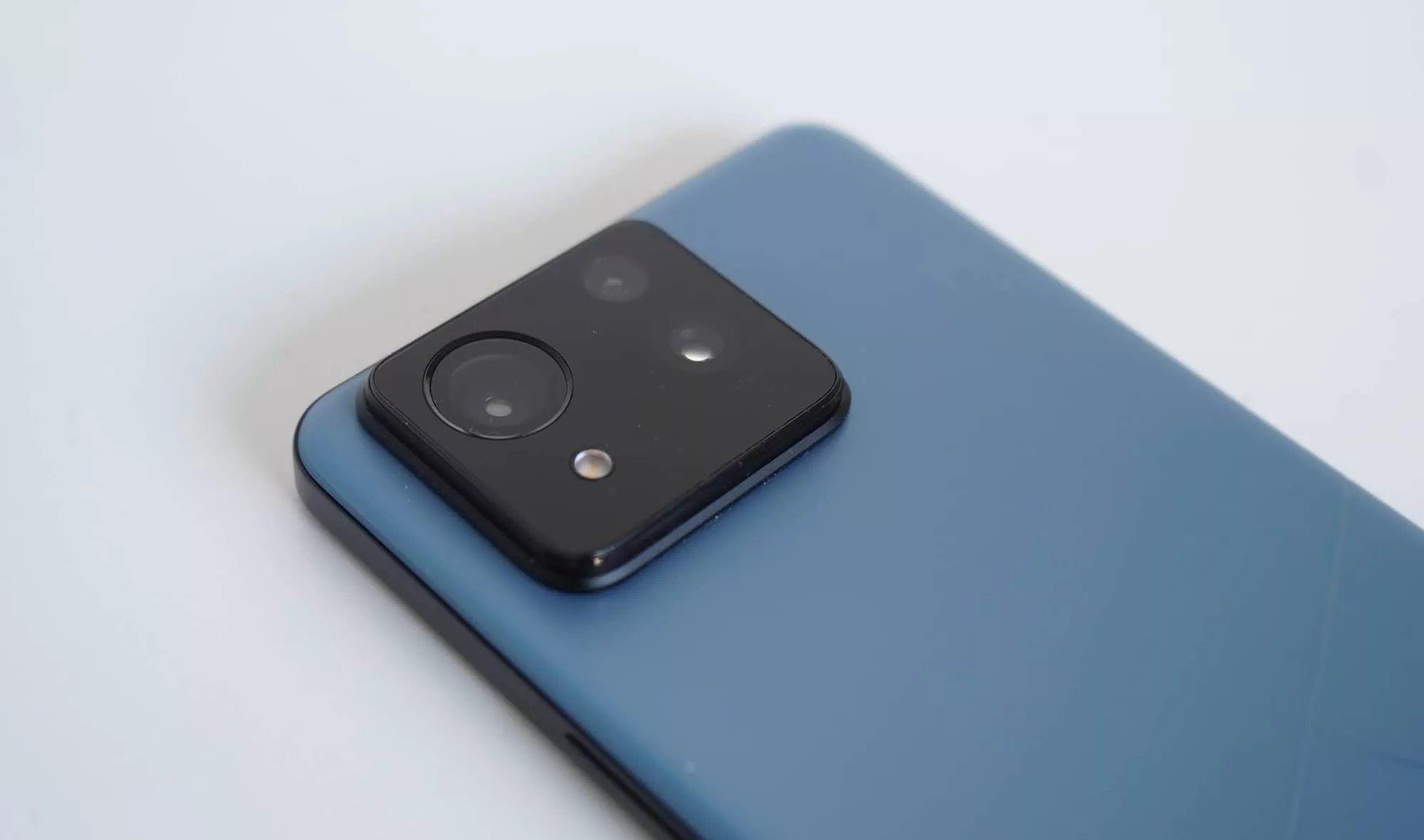
As to how the 11 Ultra performs, the camera delivers great colours across its various focal reaches, but up close, the images lack the clarity you might be looking for. Softer details are consistent in the results, and the camera system doesn’t always get the focus you’re looking for quickly. It’s a bit of a mixed bag, to be honest.
The one interesting aspect of the camera system is something Asus has been refining for several generations: a built-in six-axis gimbal. With video, this means the camera can stay still, handy as you capture.
We just wish the image quality was better overall, because it can seem a bit moot when the results don’t feel as good as they could have been.





Battery
Lasting a little over 24 hours, we were surprised by the Zenfone 11 Ultra’s battery, but not in a great way. At 5500mAh, it was technically one of the biggest batteries we’d seen on a phone, with mobiles normally maxing out at 5000mAh flat.
Asus has managed to stuff in an extra 500mAh, but it hardly makes much of a difference. The phone just doesn’t perform to hit two days.
Use the screen and performance less, and you just might. But in our testing, we found the Zenfone Ultra 11 was pretty much a 28 hour phone. Most people will end up recharging it nightly.
To do so, you can use USB-C wired charging or Qi wireless charging, with no Qi2 here, another surprising omission, possibly due to the aluminium used in the build.
Value
But priced from $1599, the Zenfone 11 Ultra isn’t a bad value at all.
Phone are sure pricey these days, and while we haven’t seen a lot in the flagship category this year, the $1599 mark sees Zenfone 11 Ultra competing with the likes of the S24+ and maybe last year’s Motorola Razr 40 Ultra. There aren’t a lot of other competitors near this price point.
Given the Snapdragon 8 Gen 3 inside and the excellent screen, the Asus phone makes sense in pricing, coming in well under where other competitors are aiming their high-end phones. That’s a win.
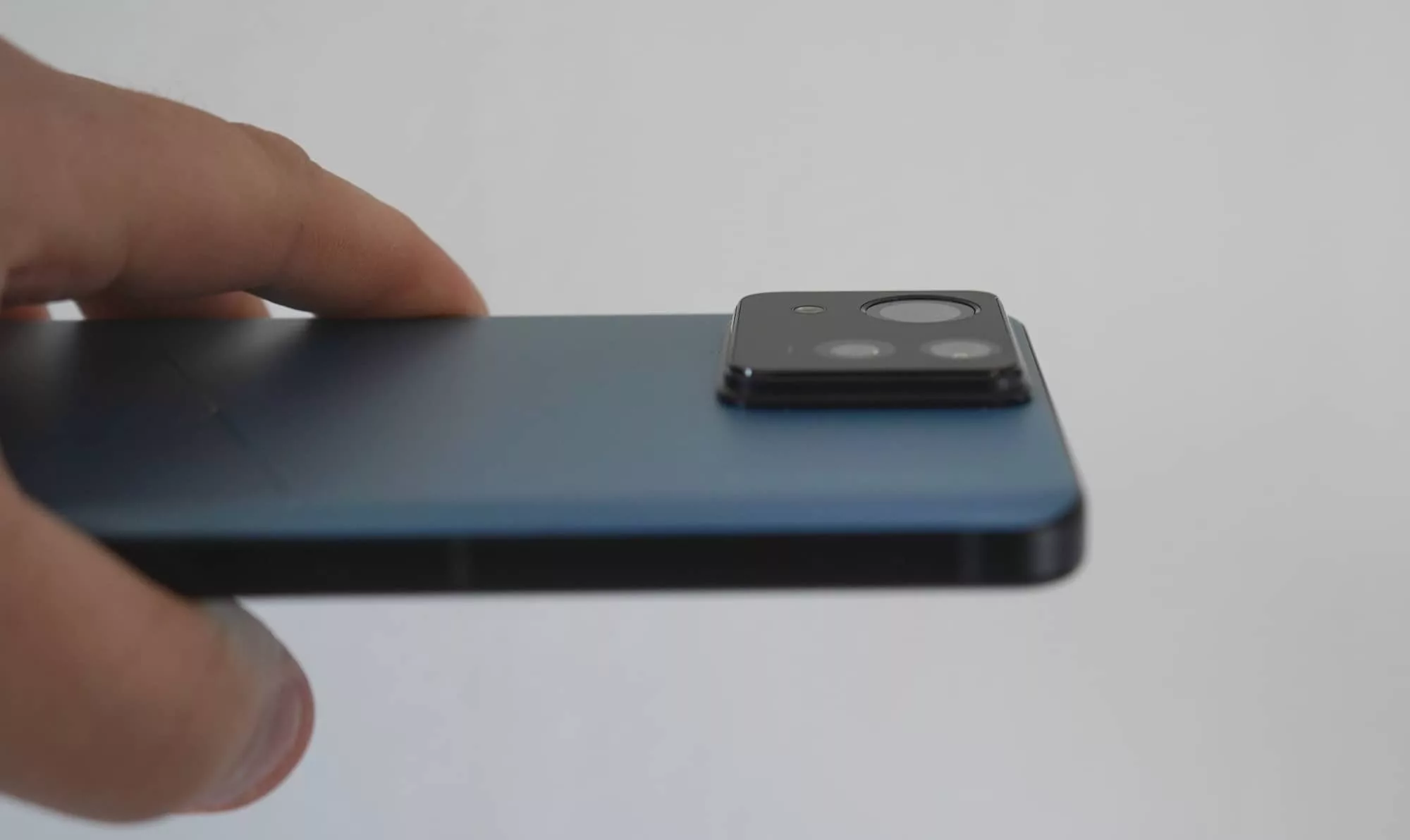
What needs work?
What isn’t a win are the bugs.
For instance, while the phone is a touch on the ordinary side, we’ve really need to talk about its ability to deal with phone calls. Things are not great.
Out of all the phones we’ve reviewed in the past eight years that Pickr has been a thing, the dropouts on the phone call side for the Asus Zenfone 11 Ultra have been so common, we’ve actually been confused.
It wasn’t just one phone call, but every phone call, with regular frequent drop outs and struggles from the other party to hear us, and vice versa. It was frustrating.
The battery could also be better, and you know maybe in time it will be, but right now it seems to give less than the expected two days a 5500mAh battery should provide. It’s already one of the biggest batteries we can find, but it didn’t deliver the best bang on performance we expected.
It’s the little things that make the Zenfone feel like they need work, and the price isn’t it.

Final thoughts (TLDR)
Weirdly, one of the few things the Asus Zenfone 11 Ultra fails at is in its name: it’s not a great phone. An almost fine package.
It’s a totally fine screen and media player. It has an acceptable camera and a solid system performance. But a phone? That doesn’t seem to be on the cards.
No one is more frustrated than this reviewer, which has seen every Zenfone in recent memory with an open mind, and yet has also seen plenty of bugs in each subsequent generation. Phone experience breaking bugs. The Zenfone 8 struggled to hit more than a day of battery life, the Zenfone 9 had severe camera quirks, and the performance of the Zenfone 10 was really hit and miss.
It’s worth noting that reviewers review gadgets as they receive them, so it’s entirely possible that firmware updates will fix the problems we see each year. We just don’t know.
Right now, the Zenfone 11 Ultra just isn’t there. In building a decently-priced flagship phone, and finally getting as close to that as possible in the Zenfone 11 Ultra, Asus seems to have missed ironing out the bugs that make a phone “a phone”. Close, but no cigar.
It also lacks anything that really makes the phone stand out, which is a bit of a shame. It has a 6-axis gimbal — sure, fine — but the camera quality also needs to be better, undermining that inclusion.
If Asus can fix these quirks, the Zenfone 11 Ultra could win on performance, spec, and value. With these fixes, the Zenfone 11 Ultra could be a perfect fine big phone. Right now, it’s not quite where it should be.



